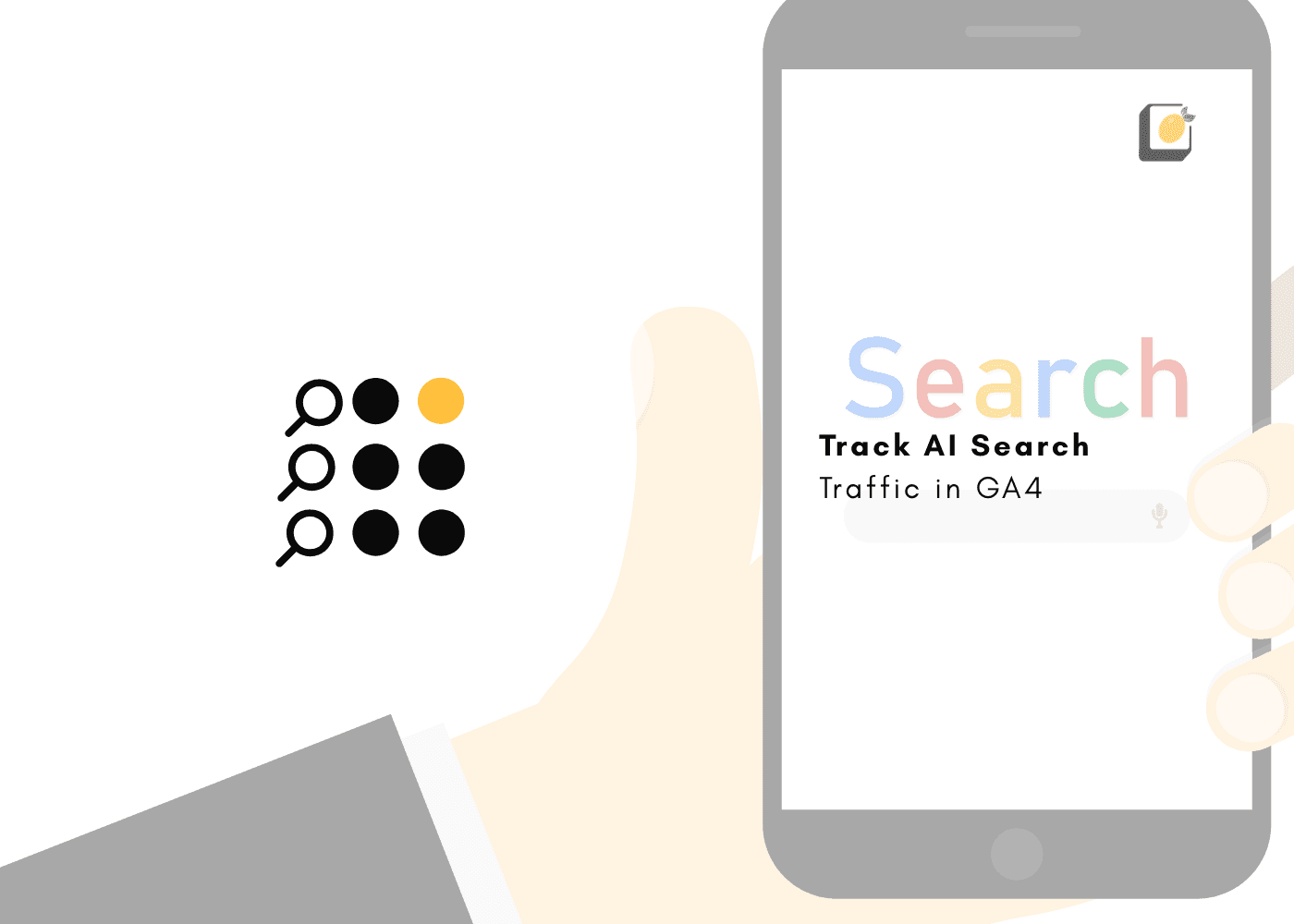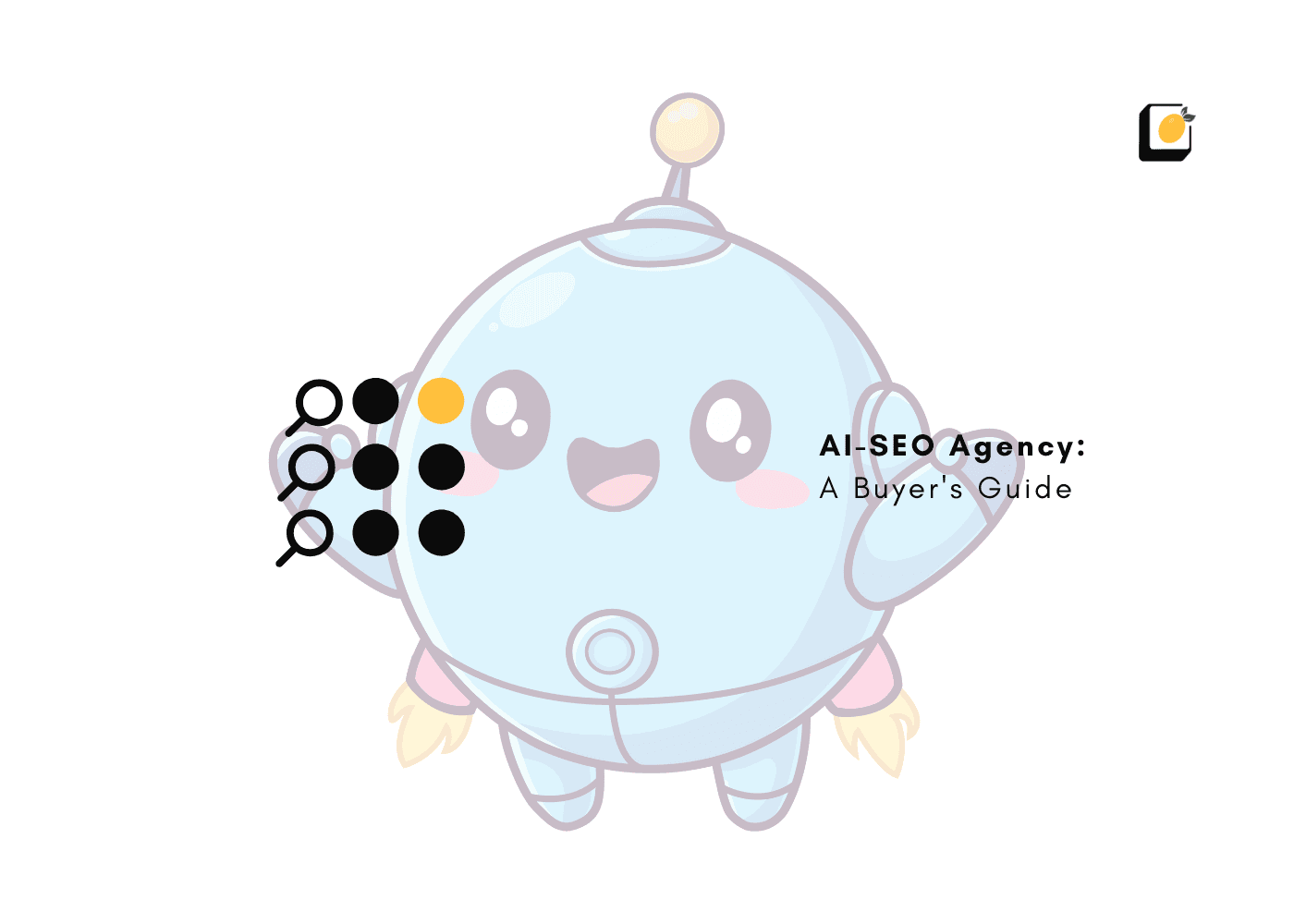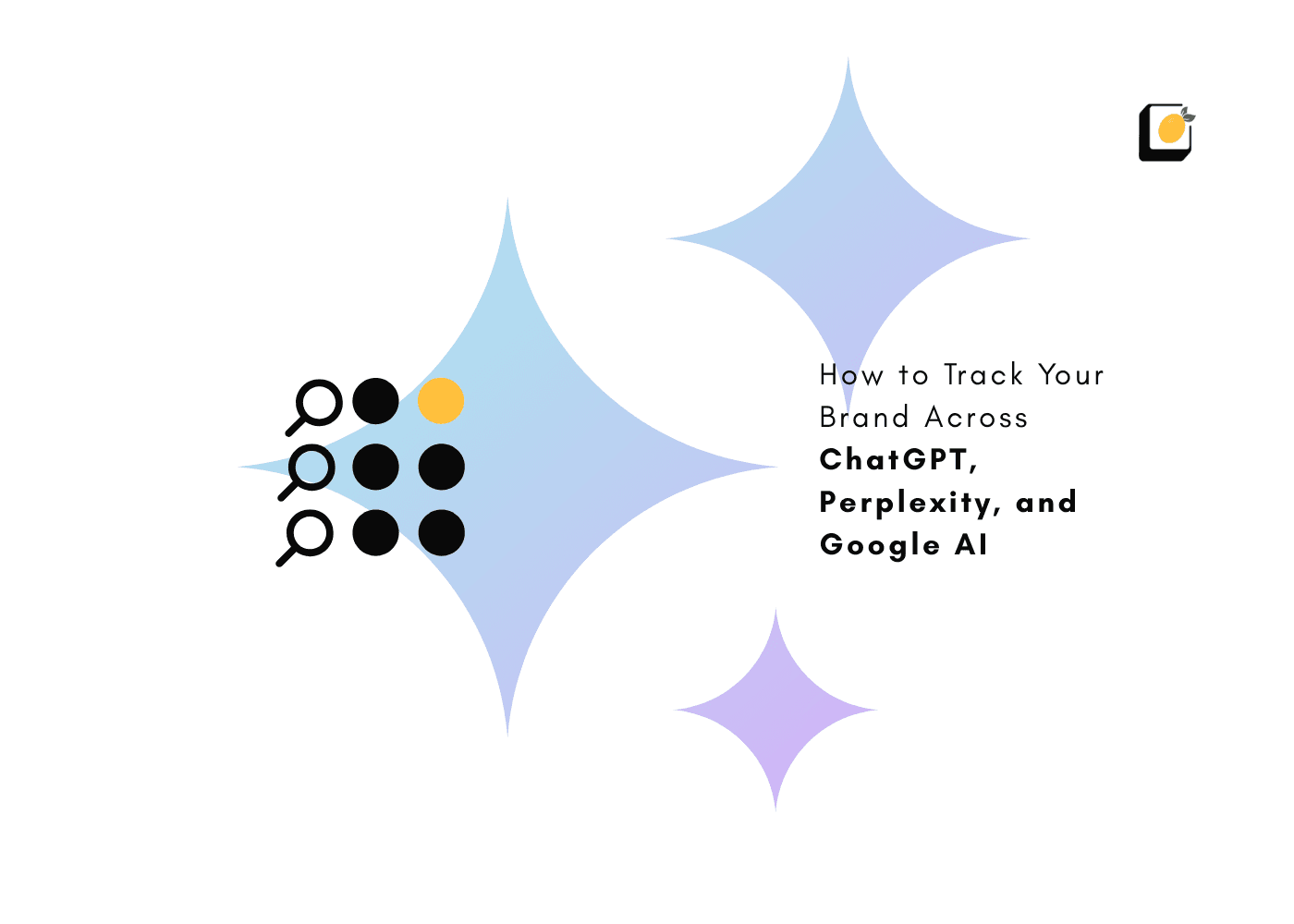How to Leverage “Near Me” Searches for Local SEO: Best Local SEO Guide
July 9, 2025
Join 500+ brands growing with Passionfruit!
Picture yourself grabbing your phone, typing "coffee shop near me" into Google. Within seconds, you're looking at a list of cafes within walking distance. Sound familiar? You're not alone, millions of people perform similar searches daily, and businesses that master local SEO near me strategies capture a massive chunk of ready-to-buy customers.
Recent near me searches statistics paint an incredible picture: Google reports a 150% growth in location-based queries over the past two years. Even more striking? Searches for "open now near me" skyrocketed by over 400% in just one year. Small business owners who grasp how to rank for near me searches position themselves to capture foot traffic and phone calls from customers actively seeking services.
The Numbers Don't Lie: Near Me Searches Statistics
Recent data paints an incredible picture:
150% growth in location-based queries over the past two years (Google)
400% increase in "open now near me" searches in just one year
82% of near me searches happen on mobile devices
46% of all Google searches have local intent
Small business owners who grasp how to rank for near me searches position themselves to capture foot traffic and phone calls from customers actively seeking services.
What Makes Near Me Searches Different in 2025?
Gone are the days when stuffing "near me" into every page title guaranteed top rankings. Google's algorithm evolved significantly, treating "near me" as a proximity signal rather than a traditional keyword.
The Shift in Search Behavior:
Old Way:
Keyword stuffing ("pizza near me" repeated 20 times)
Exact match domains (pizzanearme.com)
Location pages with duplicate content
New Reality:
Proximity-based algorithms
User intent interpretation
Voice search integration
Mobile-first indexing
Smart business owners adapt, focusing on genuine local relevance instead of outdated keyword-stuffing tactics.
Building Your Foundation (Google Business Profile Optimization)
Your Google Business Profile (GBP) acts as command central for local search engine optimization near me. A half-completed profile practically guarantees invisibility in local search results.
Start with basics: accurate business name, complete address, verified phone number, and current operating hours. Sounds simple? You'd be surprised how many businesses mess up basic details.
Upload photos, lots of them. Interior shots, exterior views, product images, team photos. Google loves visual content, and potential customers make snap judgments based on what your business looks like. Add new photos monthly; stale profiles signal inactive businesses to both algorithms and humans.
Essential GBP Elements Checklist:
The Basics (Complete These First!):
✓ Accurate business name (exactly as it appears on signage)
✓ Complete physical address
✓ Verified phone number (local area code preferred)
✓ Current operating hours (including holidays)
✓ Primary business category
✓ Secondary categories (up to 9 total)
Visual Content Requirements:
Cover photo (minimum 1080 x 608 pixels)
Profile photo (your logo, 250 x 250 pixels)
Interior photos (at least 5)
Exterior photos (at least 3)
Product/service photos (10-20)
Team photos (builds trust!)
Pro tip: Add new photos monthly. Stale profiles signal inactive businesses to both algorithms and humans.
Maximizing GBP Features Most Businesses Ignore:
1. Google Posts
Share weekly updates
Highlight special offers
Announce events
Showcase new products
2. Q&A Section
Pre-emptively answer common questions
Monitor for new queries
Provide detailed, helpful responses
3. Products and Services
Add detailed descriptions
Include pricing when possible
Upload high-quality images
Use relevant keywords naturally
4. Attributes
Select all applicable features
Update seasonally (outdoor seating, etc.)
Include accessibility information
Creating Location-Focused Website Content That Actually Works
Website optimization for how to rank for near me keywords demands strategic thinking beyond simple location mentions.
The Location Page Formula:
Page Structure for Maximum Impact:
Unique Title Tag (60 characters max)
Format: [Service] in [Location] | [Unique Value] | [Brand]
Example: "Emergency Plumber in Brooklyn Heights | 24/7 Service | Joe's Plumbing"
Compelling Meta Description (155 characters max)
Include: Location + Service + Call to action + Phone number
Example: "Brooklyn Heights' trusted emergency plumber since 2010. Same-day service for burst pipes, clogged drains. Call now: (555) 123-4567"
Location-Specific Content Sections:
Neighborhood overview (2-3 sentences)
Local service challenges unique to area
Parking/access information
Local landmarks for reference
Service area boundaries
Testimonials from local customers
Content Ideas That Attract Local Links:
High-Value Local Content Types:
"Complete Guide to [Your City]'s [Industry] Regulations"
"Why [Local Challenge] Affects [Neighborhood] Homeowners"
"[Season] Preparation Tips for [City] Residents"
"Supporting [Local Event/Charity]: Our Commitment to [City]"
Examples:
Roofing: "Preparing Brooklyn Homes for Nor'easter Season"
Restaurant: "Farm-to-Table: Our Portland Local Supplier Map"
Technical SEO Elements That Matter
Must-Have Schema Properties:
Schema markup sounds technical but implementing LocalBusiness structured data takes minutes with proper tools. Schema tells search engines exactly what your business does, where you're located, and when you're open. Include geographic coordinates for precise location data. Many content management systems offer schema plugins; manual implementation works too with basic HTML knowledge.
Page Speed Optimization Checklist:
Page speed affects rankings dramatically, especially for mobile users searching on-the-go. Compress images, minimize code, and consider a content delivery network (CDN) if you serve multiple locations. A pizza shop's website taking 10 seconds to load loses hungry customers to faster competitors.
Quick Wins (Implement Today):
Compress all images (use WebP format)
Enable browser caching
Minify CSS and JavaScript
Remove unused plugins/scripts
Implement lazy loading
Mobile-Specific Optimizations:
Mobile responsiveness goes beyond having a mobile-friendly design. Test your contact forms on actual phones. Can customers easily tap your phone number to call? Does your menu display properly on smaller screens? Mobile users searching "restaurant near me" want immediate information and easy actions.
Tap targets at least 48x48 pixels
Phone number clickable (tel: links)
Forms with appropriate input types
Readable font sizes (minimum 16px)
Horizontal scrolling eliminated
Managing Reviews and Local Citations
Reviews influence rankings significantly in local SEO near me scenarios. Positive reviews signal trustworthiness to both algorithms and humans. Asking satisfied customers for reviews feels awkward initially but becomes second nature. Simple requests work: "Would you mind sharing your experience on Google? It helps other neighbors find us."
Responding to reviews, positive and negative, demonstrates active business management. Thank happy customers specifically: "Thanks for mentioning our quick response time, Sarah! We pride ourselves on arriving within an hour." Address negative reviews professionally without getting defensive. Sometimes a thoughtful response to criticism converts skeptics into customers.
Citation Consistency Audit:
Primary Citations (Fix These First):
Google Business Profile
Apple Maps
Bing Places
Facebook Business
Yelp
Industry-Specific Directories:
Restaurants: OpenTable, TripAdvisor, Zomato
Home Services: Angi, HomeAdvisor, Thumbtack
Healthcare: Healthgrades, Zocdoc, Vitals
Legal: Avvo, FindLaw, Justia
Building Local Links and Community Connections
Link building for local search engine optimization near me requires creativity beyond traditional tactics. Sponsor local youth sports teams, most provide sponsor links on team websites. Partner with complementary businesses for mutual benefit. A wedding photographer might exchange links with local venues, florists, and caterers.
Link building for local search engine optimization near me requires creativity beyond traditional tactics.
Link Opportunities Hiding in Plain Sight:
Community Connections:
Youth sports team sponsorships → Team website links
Local charity events → Event page mentions
Business association memberships → Member directories
Chamber of Commerce participation → Profile pages
Partnership Opportunities:
Vendor spotlight exchanges
Client case studies (with permission)
Local business collaborations
Complementary service providers
Content That Earns Links Naturally:
Annual "Best of [City]" lists
Local industry salary guides
Neighborhood market reports
Community event calendars
Measuring Success and Adapting Strategies
Tracking performance requires looking beyond basic ranking positions. Monitor actual business results: phone calls, direction requests, website visits from Google Business Profile. Google provides detailed insights showing how customers find your listing, what actions they take, and which photos generate most views.
Local search visibility fluctuates based on searcher location, past behavior, and competitive changes. A ranking check from your office might show different results than a customer's search two miles away. Use rank tracking tools that simulate searches from various locations within your service area.
KPIs That Actually Matter
Direct Business Impact:
Phone calls from GBP: _____/month
Direction requests: _____/month
Website visits via GBP: _____/month
Message inquiries: _____/month
Visibility Metrics:
Local pack appearances
Featured snippet captures
Knowledge panel triggers
Voice search readiness score
Conversion Indicators:
Form completion rate
Click-to-call actions
Appointment bookings
Store visit conversions
Advanced Strategies for Competitive Markets
Competitive local markets demand sophisticated approaches beyond basic optimization. Voice search optimization becomes crucial as smart speakers proliferate. Structure content to answer complete questions: "What time does the nearest hardware store close?" rather than just targeting "hardware store near me."
Local Service Ads (LSAs) provide pay-per-lead opportunities in many industries. Unlike traditional PPC, you pay only for actual customer contacts. LSAs appear above organic results for many local searches, providing immediate visibility while building organic rankings. The verification process adds credibility, Google screens businesses before approval.
Social signals increasingly influence local rankings. Active Facebook and Instagram profiles with location tags, customer photos, and community engagement reinforce local relevance. Encourage customers to tag your location when posting about their experience. User-generated content provides authentic social proof while strengthening local signals.
Conclusion
Winning at local SEO near me boils down to basics done exceptionally well. Complete your Google Business Profile, keep your business information consistent everywhere, generate authentic reviews, and create content that actually helps local customers.
Near me, search statistics show explosive growth, your customers are literally asking to find businesses like yours. While competitors chase shortcuts, focus on genuine local relevance. Every optimized element brings ready-to-buy customers closer to your door.
The formula for how to rank for near me searches isn't complicated:
Accurate business information everywhere
Mobile-friendly, fast-loading website
Regular customer reviews
Location-specific content
Active community presence
Start today. Pick one element from this guide and execute. Your future customers are searching "near me" right now, make sure they find you, not your competition.
FAQs
Q1: How long does it take to rank for near me searches?
Most businesses see initial improvements in local SEO near me rankings within 3-6 months of consistent optimization efforts. However, competitive markets may require 6-12 months to achieve top positions for how to rank for near me searches. The timeline depends on your current online presence, competition level, and how aggressively you implement optimization strategies.
Q2: Do I need to include "near me" in my website content?
No, forcefully adding "near me" to your content is outdated and can actually hurt your near me SEO strategy. Google now interprets "near me" as a proximity signal rather than a keyword to match. Focus instead on creating location-specific content, maintaining accurate business information, and building local relevance through community connections and reviews.
Q3: What's the most important factor for ranking in near me searches?
Google Business Profile optimization remains the single most critical element for local search engine optimization near me. A complete, verified, and regularly updated GBP with consistent NAP information, photos, and positive reviews drives more local visibility than any other single factor. Combined with a mobile-friendly website and consistent citations across directories, your GBP forms the foundation of local search dominance.
Q4: Can I improve local SEO without paying for ads?
Absolutely! How to leverage near me searches for local SEO free of cost involves focusing on organic optimization tactics: claiming and optimizing your Google Business Profile, building citations on free directories, generating customer reviews, and creating helpful local content. While Local Service Ads can accelerate results, the majority of local SEO success comes from free, consistent optimization efforts that any business can implement.
Q5: How do voice searches affect near me SEO?
Voice searches have transformed how to rank for near me keywords because people speak differently than they type, using complete questions like "What's the best pizza place near me that's open now?" rather than "pizza near me." Optimize for voice by creating FAQ content that answers complete questions, implementing schema markup, and ensuring your business hours and contact information are accurate across all platforms, since voice assistants pull this data for instant answers.















